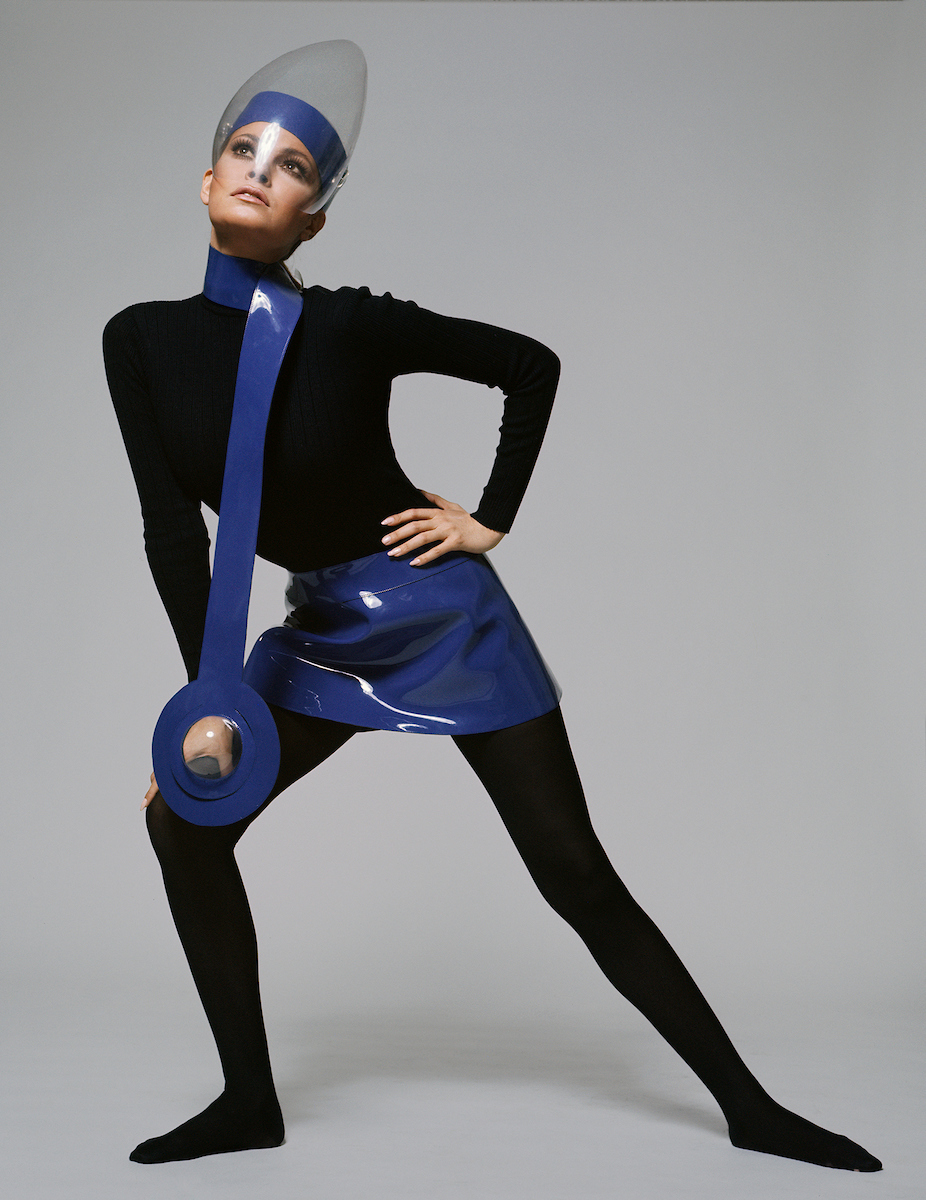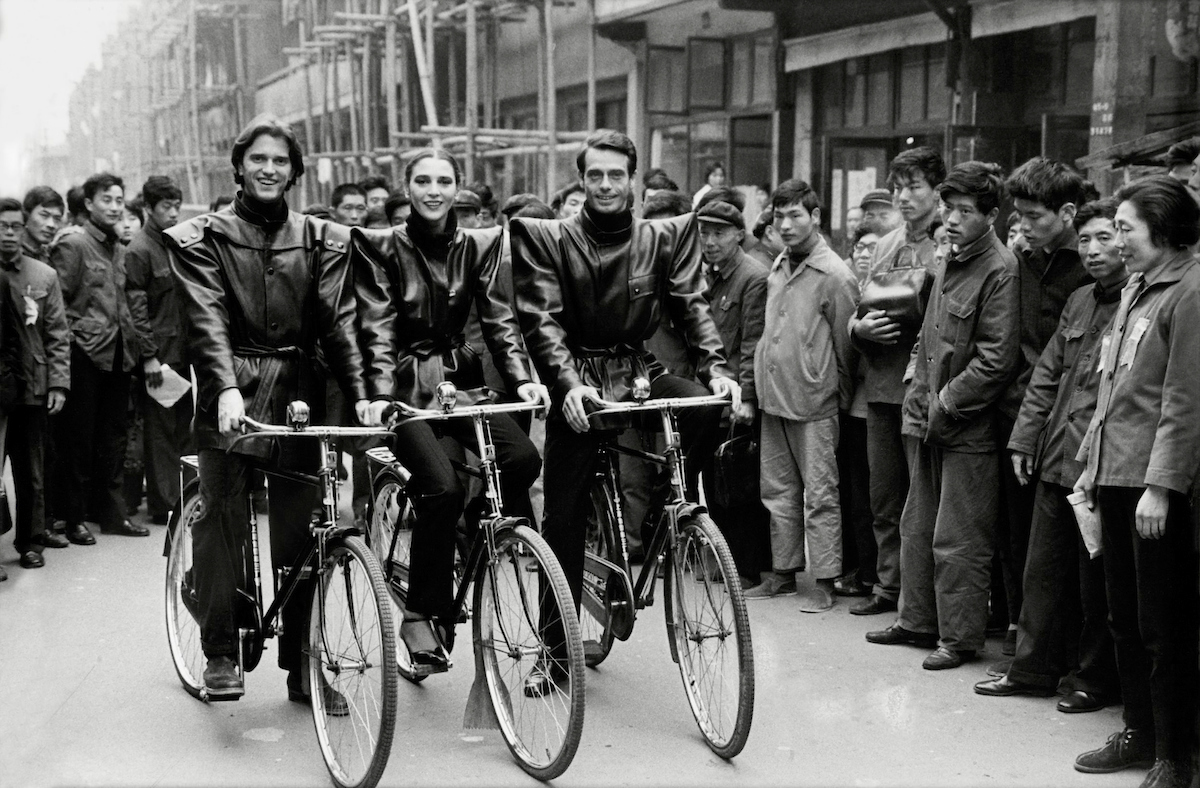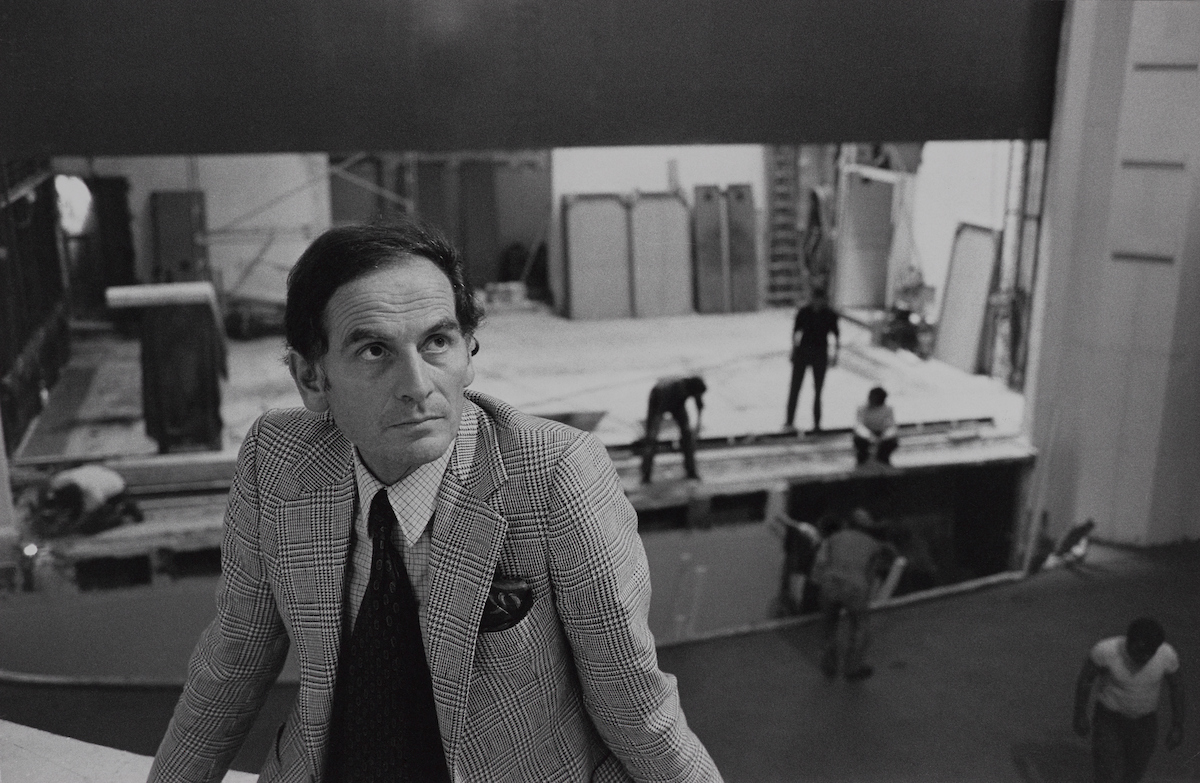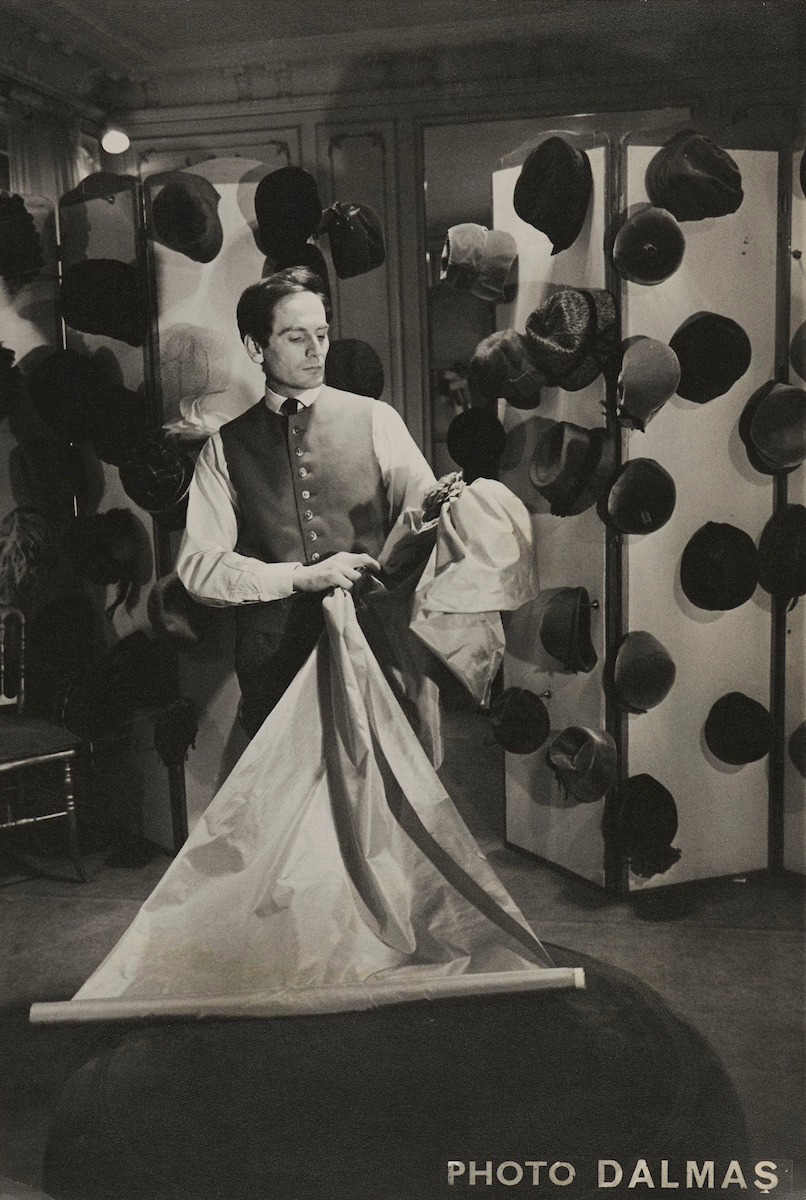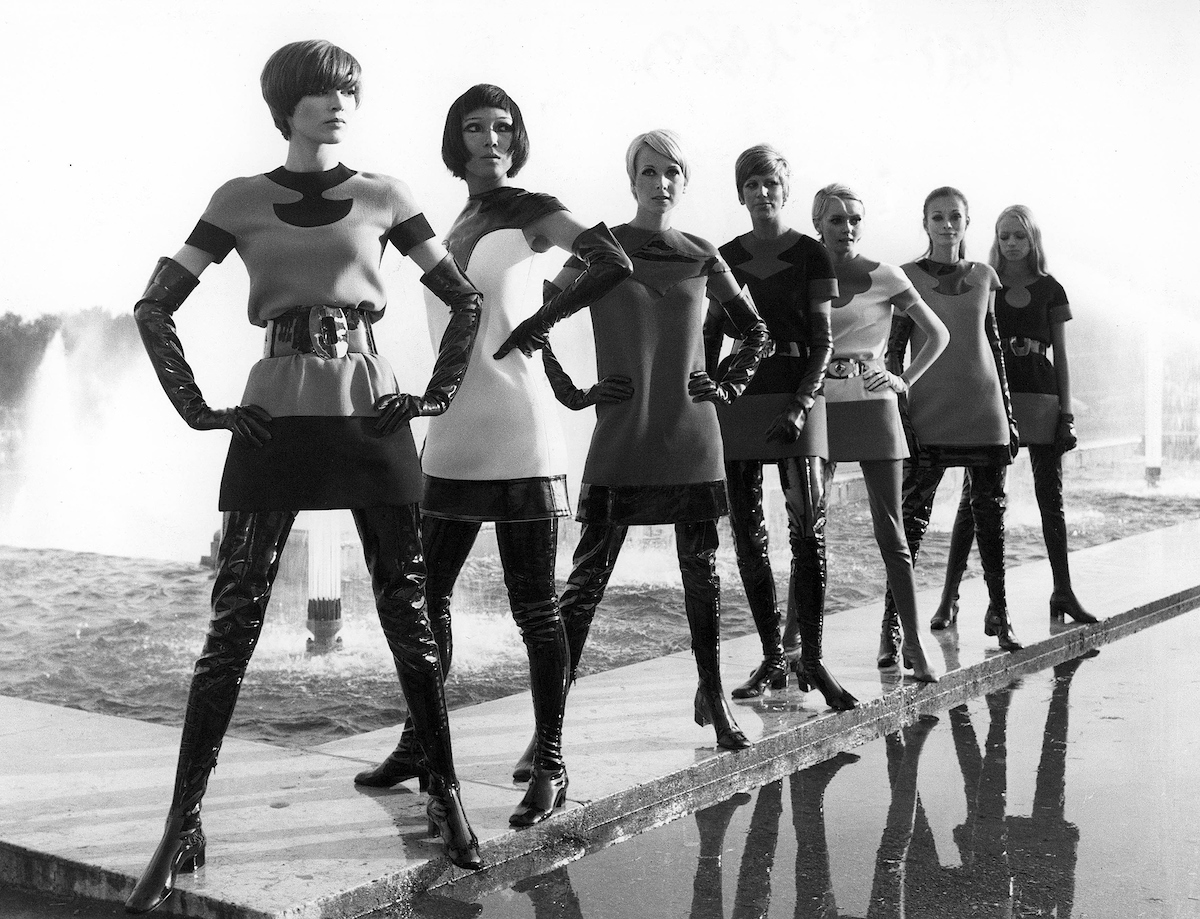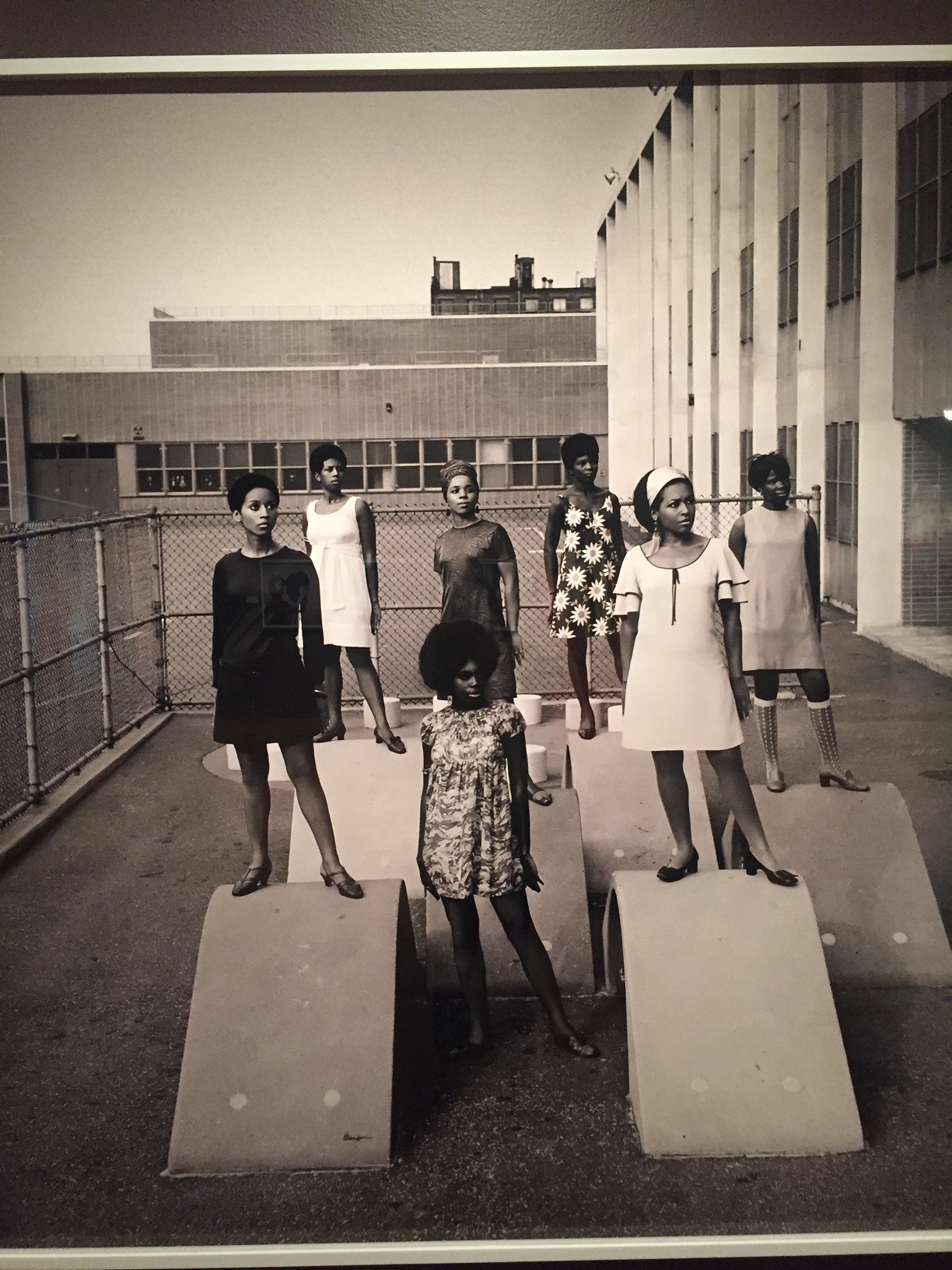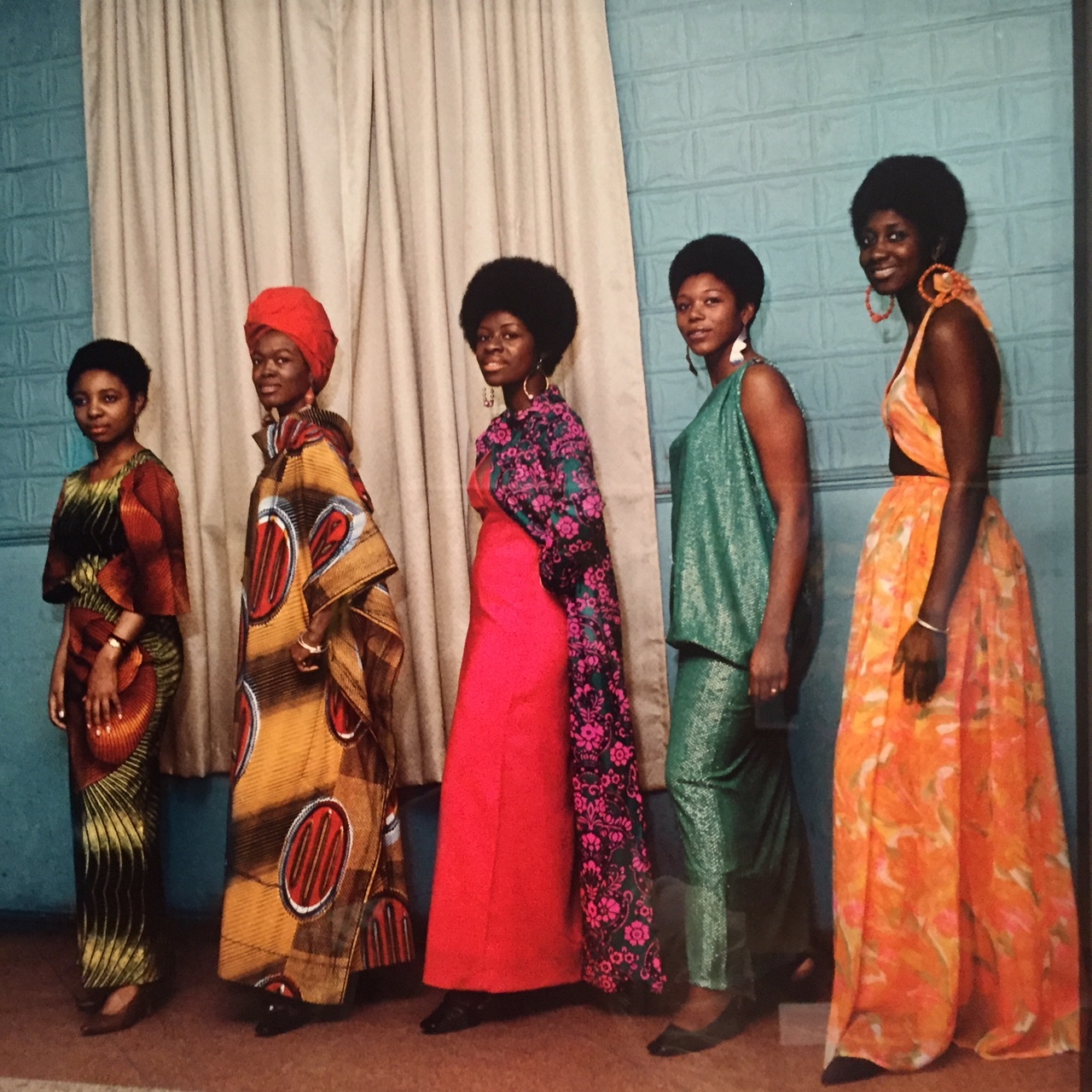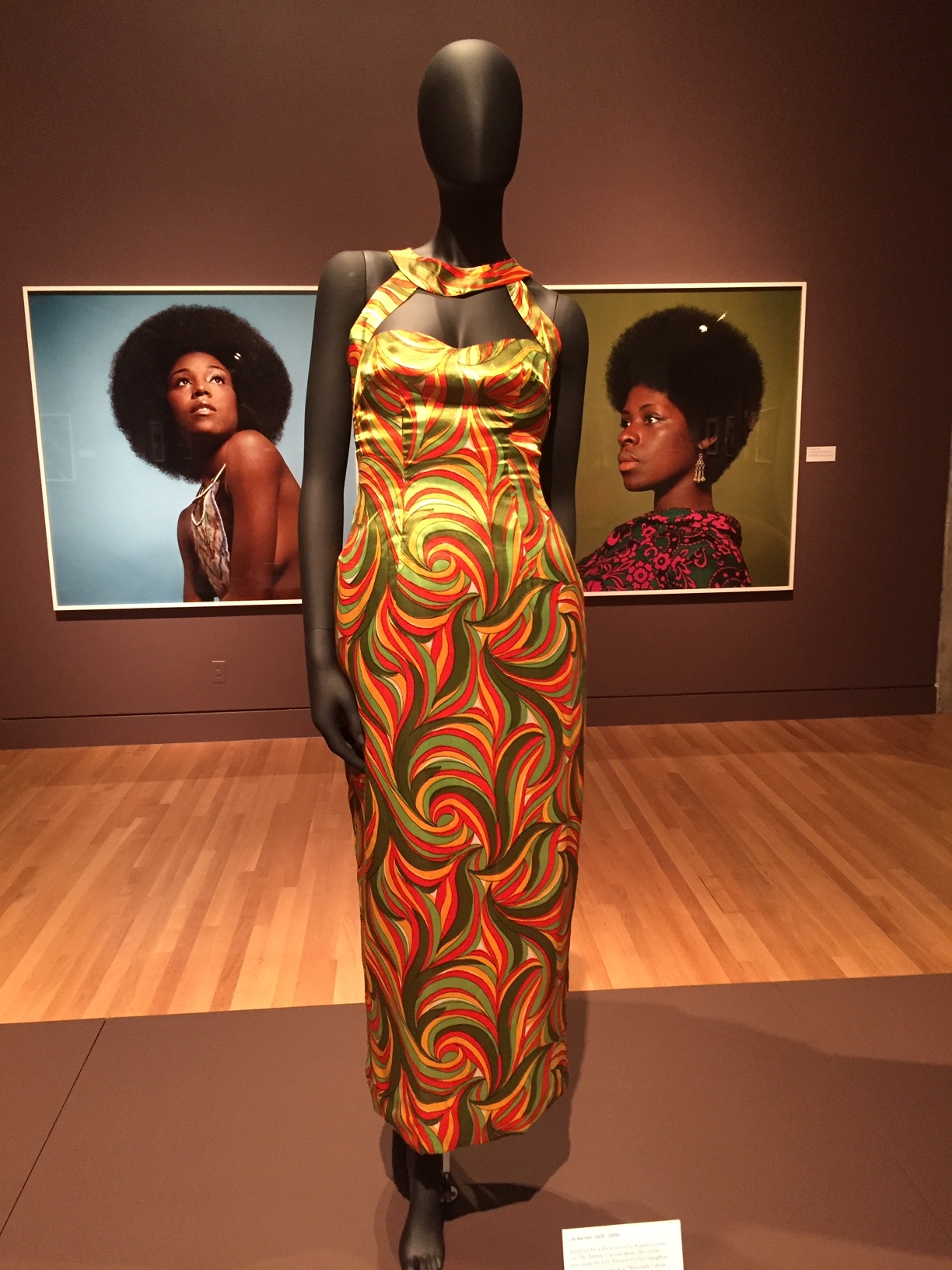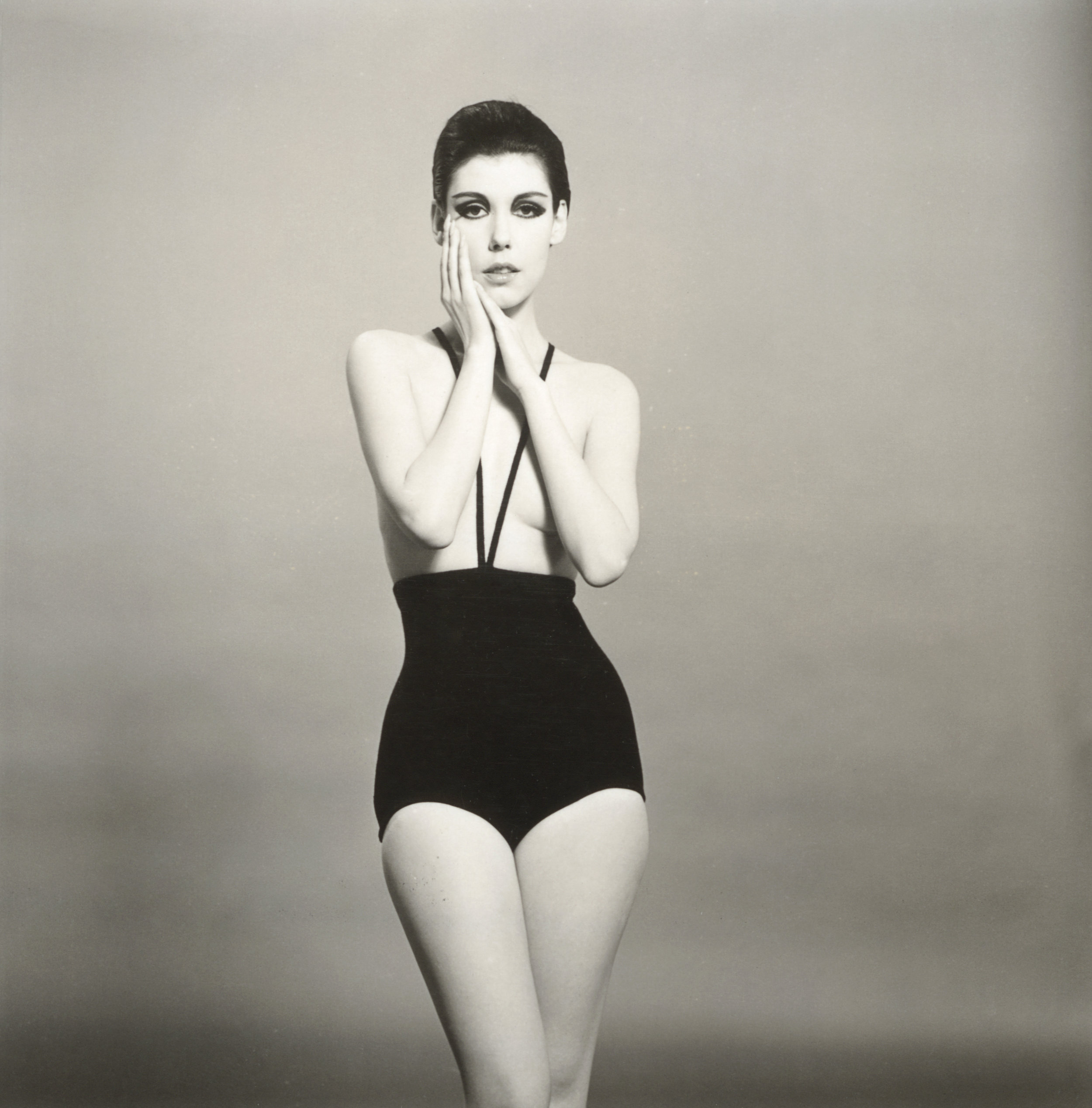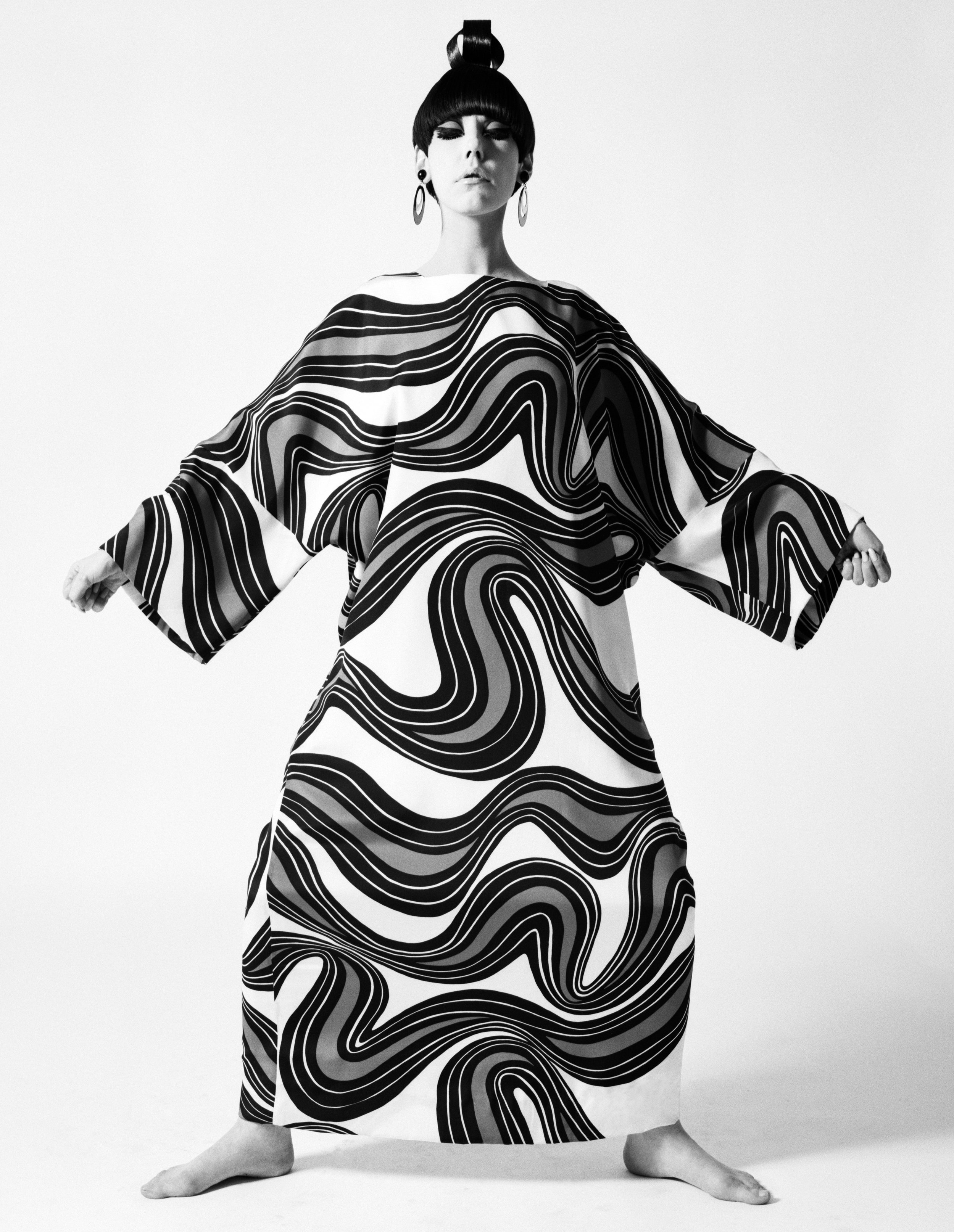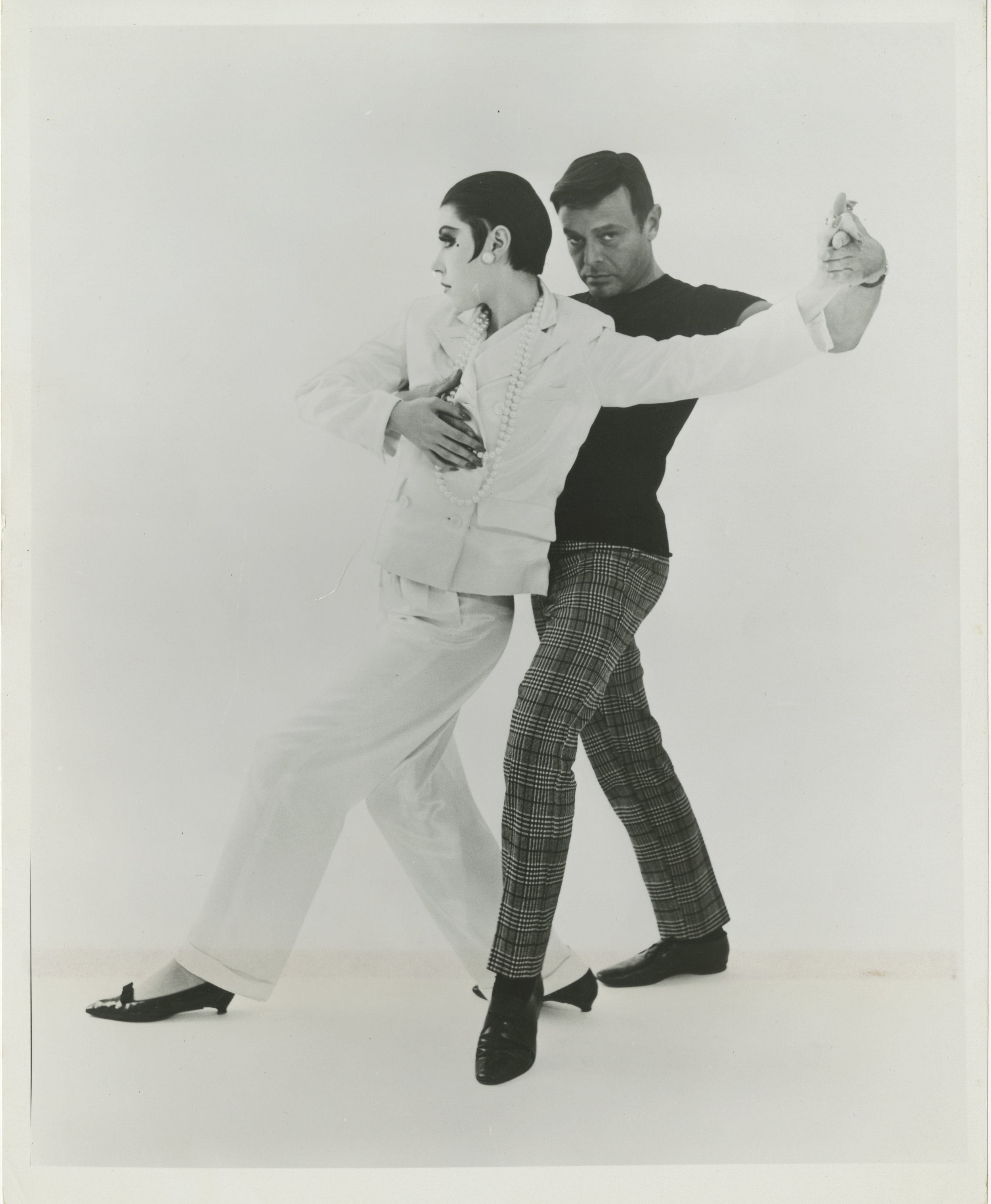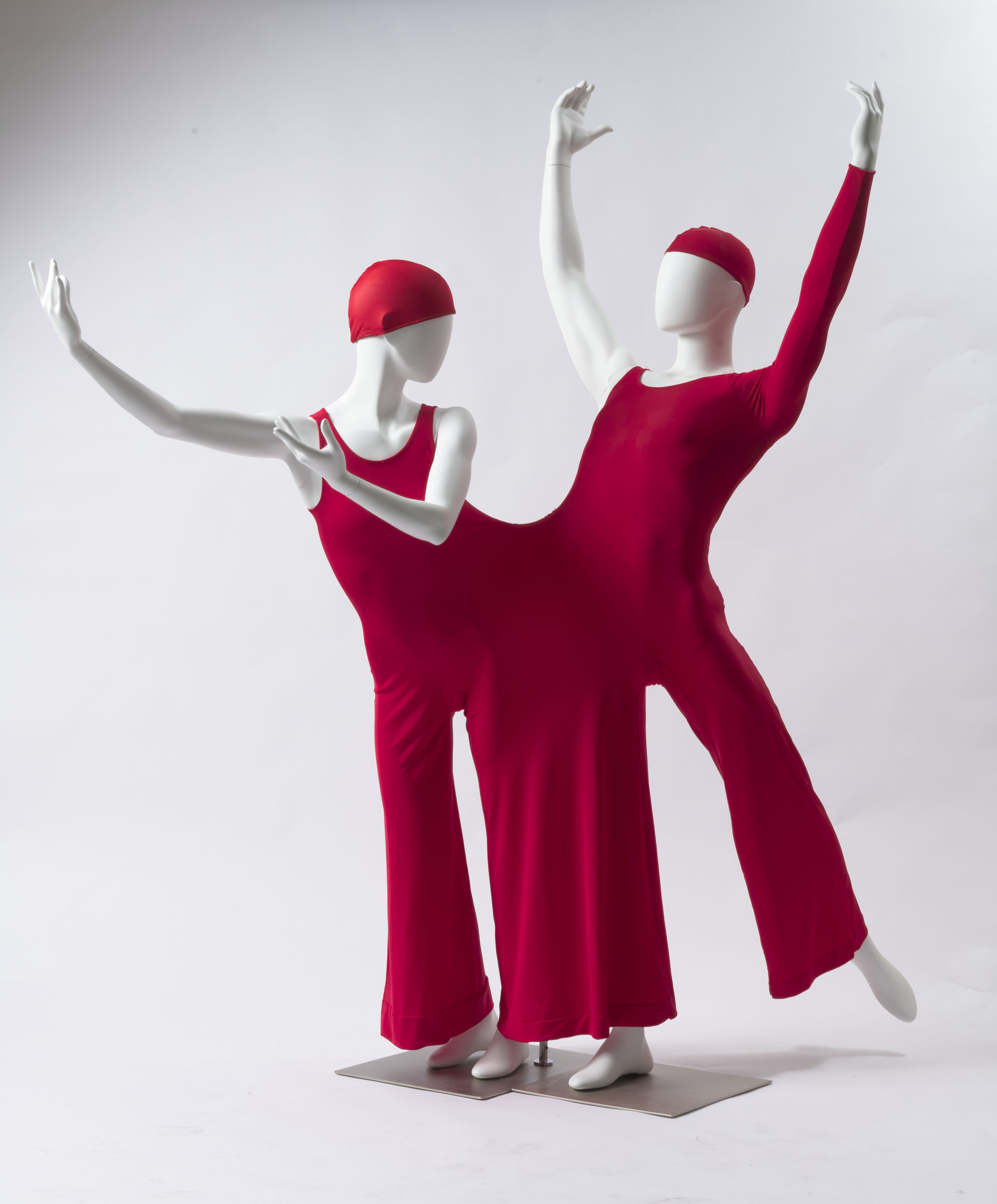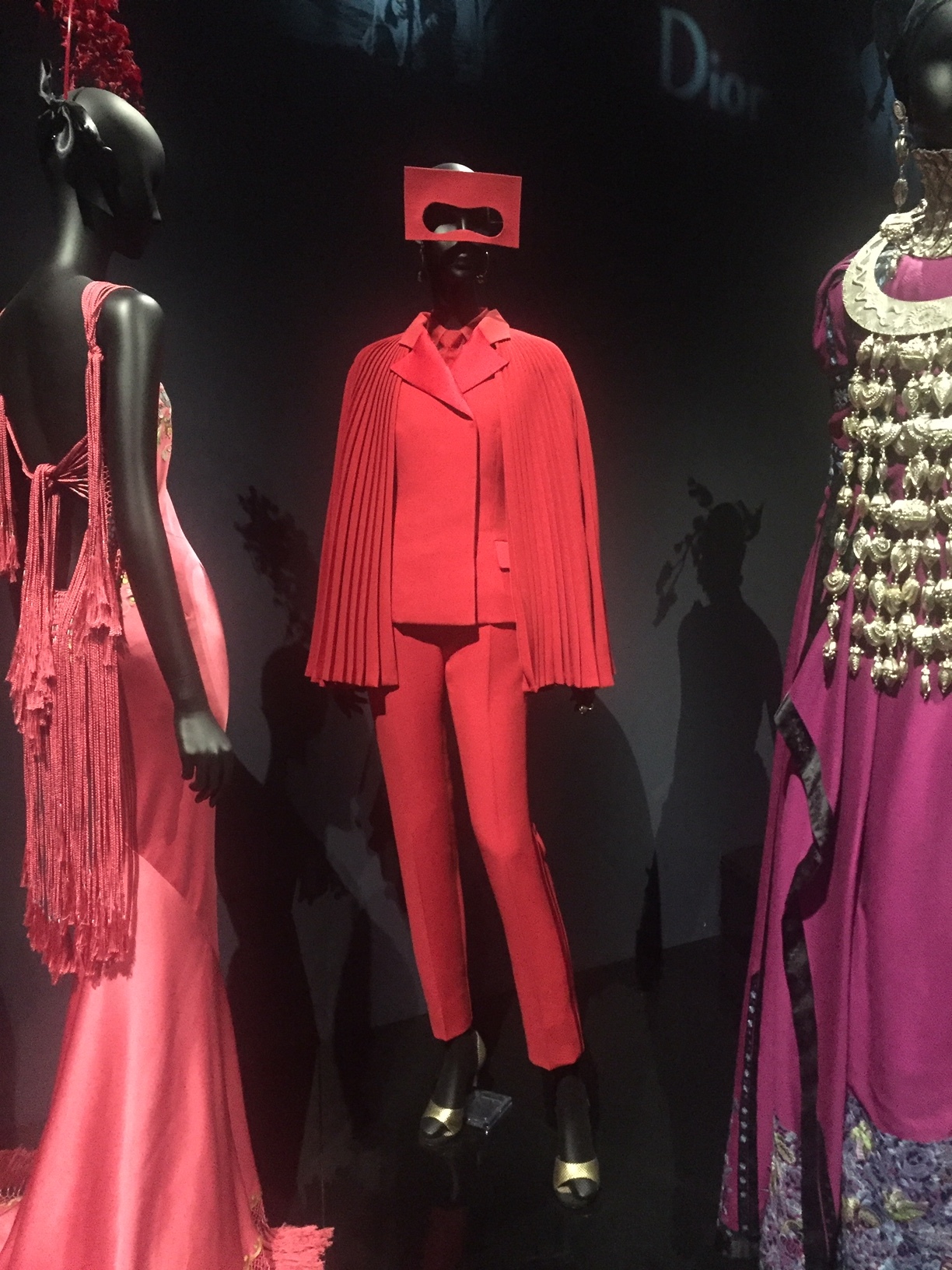The Grammy Museum is hosting an online exhibition of singer-diva Amy Winehouse's fashion, a show which was forced to close early due to Covid. I missed Winehouse when she was in full flower but a recent French podcast Une Vie Une Oeuvre made her life so compelling to me (if you understand any French at all you should subscribe to this podcast, it has a wide range of pop culture and high culture personages with very good interviews). So now this exhibition at the Grammy museum is an extra bonus. Winehouse (like Edie Sedgwick) flamed brightly and then disintegrated into a sea of drugs and self doubt. But her ambitious music is strong and haunting. As with her music which often summoned the Cool School of Sinatra and Dinah Washington, her fashion choices designed by Naomi Parry harkened back to Hollywood in the forties, or even of British tennis great Fred Perry. Check out the shoes! If you go to their website, you can see the virtual exhibition. Image courtesy of The Grammy Museum.
A playful Surrealist Lobster Hat at the Met Costume Institute
This hat, cherry red in the spirit of the season# and part of the Sandy Schreier collection now on view at the Costume Institute at the Met, was made by Benjamin Green-Field and his sister Bessie for their eponymous hat company Bes-Ben in 1941 (one way perhaps of avoiding prewar anti-Semitism was to add the hyphen?) Known as “the mad hatter of Chicago, it cannot escape notice that his lobster—y confection of surreal playfulness was in the spirit of Dali’s Lobster telephone now on view at MoMA.
Pierre Cardin at the Brooklyn Museum
“Buy belt at Pierre Cardin.”
This short phrase comes from a list I made my junior year abroad in Paris. It was, however, loaded with complexity. I thought of Pierre Cardin as the very height of chic but I wore jeans, and only jeans at the time, and considered anything north of jeans a betrayal of the political principles I had silently sworn to uphold. I had gone to Biba and Mary Quant, but that was swingin’ London and somehow this was different. It was Paris and Ready to Wear. As a result, it stayed on the list for quite some time, as I had to get up my nerve to actually go to the right bank and into the very chic boutique. My aunt’s birthday was the excuse I needed to cross this Rubicon.
Cardin had opened the futuristic Espace Cardin near the American Embassy. He was inspired by NASA uniforms. The clothes were sculpted and space age, some with cut outs or with checkerboard patterns that made you dizzy just to look at them. A salesgirl wearing a black and white geometric print and white booties glided over to me. “I’m looking for a belt,” I said, somewhat defiantly into outer space lest I get vertigo from the op art of her dress. “It’s a present,” I stated loudly for the record since I wanted everyone to know I thought anyone who owned a dress just for cocktails was hopelessly bourgeois.
I looked around while she was wrapping the present. I desperately wanted to be able to afford one of these beauties and have the courage to wear it too. Truthfully I was tired of marching and the Revolution. I loved clothes and fashion.
Like Mary Quant and Rudi Gernreich, Cardin wanted to democratize fashion. He was interested in theater and design in general. At 97, he can be considered one of the last survivors of this era of fashion, which was largely a reaction to the stuffiness of previous decades, e.g. tight wasp waists, full skirts and nipped in jackets or ruffled gowns.
A new exhibition at the Brooklyn Museum has brought this all back to me. I’m very much looking forward to seeing it.
Images courtesy of the Brooklyn Museum.
Black is Beautiful at the Skirball
The photographs and activism of Kwame Brathwaite are an excellent companion to the Rudi Gernreich show at the Skirball Center. Brathwaite was a photographer, an activist, a jazz promoter in the sixties and a believer that natural hair and African inspired fashion was necessary to supplant an exclusively white energy (eg Gernreich and the other white designers) however forward thinking they might be. He helped debunk the straightened hair and lighter skin models who had given black women largely unattainable role models.
Gernreich at the Skirball: Bring back the sixties!
Rudi Gernreich, a gay Viennese Jew emigrated to the US and found a place first in the world of modern dance (Lester Horton, Bella Lewitsky et al) and then in fashion. At the Skirball Center in Los Angeles, where Gernreich made his home, a retrospective is smart and stylish. Known for his knit, often patterned dresses, mini skirts, jumpsuits and bathing suits, Gernreich went his own way with model-muses like Peggy Moffitt in tow. Like Mary Quant, he felt women had been constrained by fashion and his dance background made constriction and uplift a thing of the past. Also like Quant he understood marketing and packaging, speaking to a demographic that was young, politically active and eager to make its own mark. The sixties were about those barriers falling away and the fashion still feels fresh and contemporary. Bring back sixties activism!
Plaids, tweeds, cashmere: Scotland is the home of some of my favorite things
Plaid, tweed, cashmere, tartans. Scotland’s museums are filled with examples of the most luscious stuff. I searched far and wide for some vintage Pringle cashmere cardigans but I think they have all been sent to the US. Bring back Scottish cashmere, the Chinese version is so third rate by comparison. Remember the wonderful Alexander McQueen exhibition at the Met? Now I understand why it was so important to him.
Mary Quant at the V and A London
The Mary Quant exhibition at the V and A shows off a holistic designer whose ideas about everything from fabric content to how make up should be packaged to the needs of modern young women was part and parcel of what she thought her role as a change agent was. A striking difference from how Christian Dior thought how women should be packaged in an adjacent exhibition. What a difference a decade made.
Mary Quant at the V and A
A Mary Quant retrospective opens in London at the V and A today. Along with Biba, her stores were THE place to get your clothes. Quant was designing in the height of the sixties- The Doors, The Stones, the Beatles and Hendrix all released new albums. But at the same time the Apollo 1 astronauts went up in flames, we doubled down in Vietnam, and the middle east erupted in the Six Day War. Quant was untrained but understood that stretchy knits and tights were the way forward.
Image courtesy the V and A


